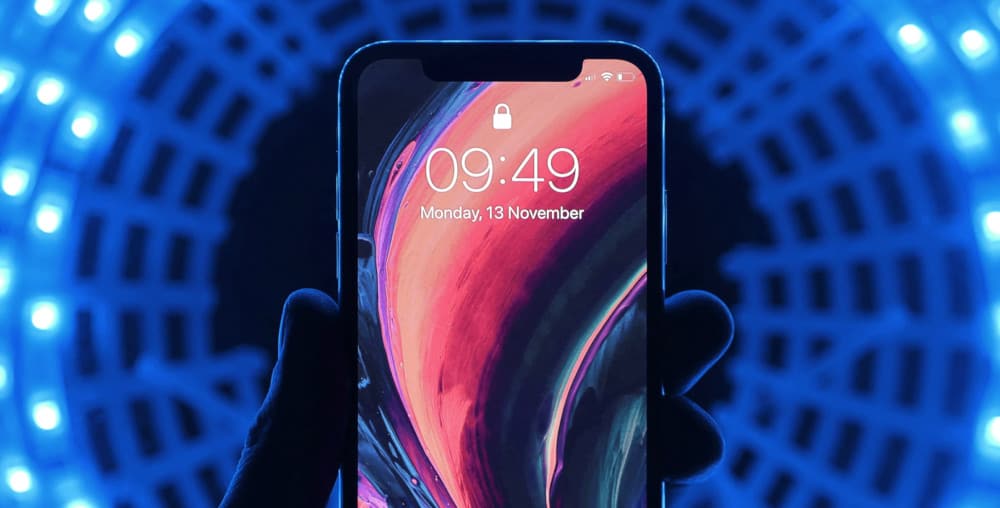Apple’s iPhones usually get a release date around the same time each year, as you’ll see below, but there have been a few curveballs along the way…
Apple iPhone Release Date History (2010 to 2020)
- iPhone 4 Release Date – 24 June 2010
- iPhone 4s Release Date – 14 October 2011
- iPhone 5 Release Date – 21 September 2012
- iPhone 5s Release Date – 20 September 2013
- iPhone 6 & iPhone 6 Plus Release Date – 25 September 2014
- iPhone SE Release Date – March 31, 2016
- iPhone 6s & 6s Plus Release Date – September 9, 2015
- iPhone 7 & 7 Plus Release Date – 25 September 2016
- iPhone 8 & 8 Plus Release Date – 22 September 2017
- iPhone X Release Date – 3 November 2017
- iPhone XR Release Date – 26 October 2018
- iPhone XS Release Date – 21 September 2018
- iPhone XS Max Release Date – 21 September 2018
- iPhone 11 Release Date – 20 September 2019
- iPhone 11 Pro Release Date – 20 September 2019
- iPhone 11 Pro Max Release Date – 20 September 2019
- iPhone SE (2020) Release Date – April 24 2020
- iPhone 12 Release Date – October 23, 2020
- iPhone 12 Mini Release Date – October 23, 2020
- iPhone 12 Pro Release Date – October 23, 2020
- iPhone 12 Pro Max Release Date – October 23, 2020
Check out our post about the history of the mobile phone to see how Apple’s iPhone changed the game completely from 2007 onwards…
When Will The New iPhone Come Out?
Apple’s latest iPhone is the iPhone 12 – the iPhone 12 range will get a release date on October 23.
Most Recent iPhone?
The most recent iPhone release is the iPhone SE (2020), Apple’s ultra-cheap iPhone which retails for $399.99/£419.99 – you can check out our iPhone SE 2020 Review for more details. It is one hell of a handset, packing in the same CPU as Apple’s iPhone 11 Pro Max, so performance is brilliant.

It does look identical to the iPhone 8, however, save for the Apple logo on the back which is now centrally placed on the SE 2020 versus being more towards the top on the original iPhone SE. Despite all this, analysts expect Apple’s iPhone SE (2020) to sell incredibly well; price will be the main driving factor, and size too – people love small iPhones.
Multiple iPhone Releases Now The New Norm
Back in the day, Apple used to release a single device each year. This all changed with the release of the iPhone 6; it was joined by the largest iPhone ever produced at the time, the iPhone 6 Plus. Apple stuck with this release cycle for three years, ending it with the iPhone 8 and iPhone 8 Plus.
The iPhone X launched after the iPhone 8 and iPhone 8 Plus and was Apple’s first big design change to its iPhone since the release of the iPhone 6; the iPhone X did not have a home button and packed in an OLED display, a first for Apple’s iPhone. It also had a gesture-based UX and FACE ID.
From here, the iPhone X-style iPhone would go on to become the norm. The only break in the roadmap was the iPhone SE (2020) which got a release date on April 24, 2020. The SE 2020 might be joined by the iPhone SE Plus later on this year; this would give Apple two viable replacements for its big-selling iPhone 8 and iPhone 8 Plus.
All flagship iPhone releases from 2017 onwards, however, will follow the iPhone X’s lead, meaning no home button, FACE ID, and gesture-based UXs. There will also be multiple models released each year. In 2020, there are four iPhone 12 handsets to choose from, adding in one extra model from 2019’s iPhone 11 range.
From Our Sponsors:
Save 40-50% on Refurnished iPhones w/ Music Magpie – All Models!


